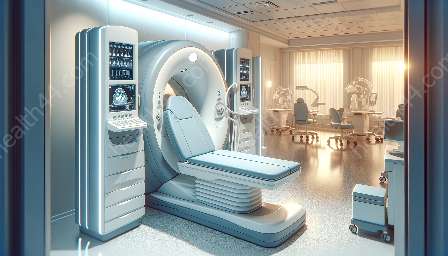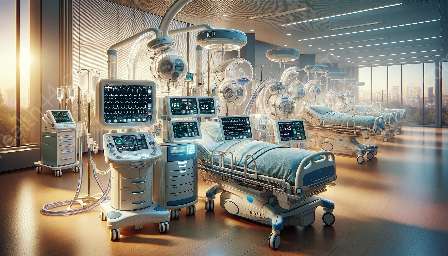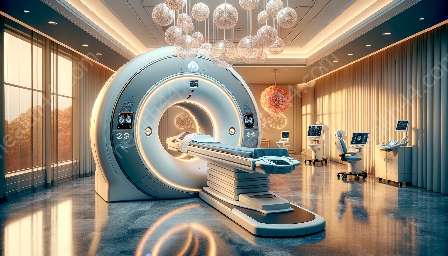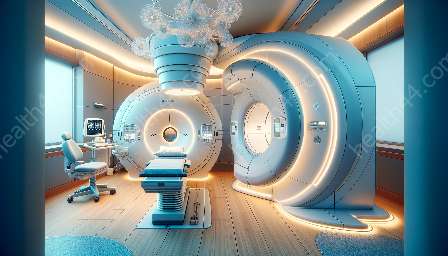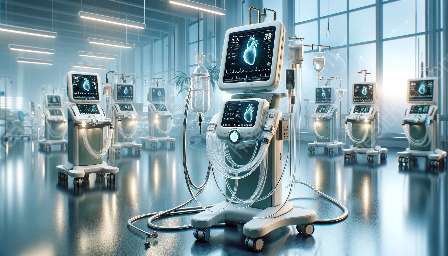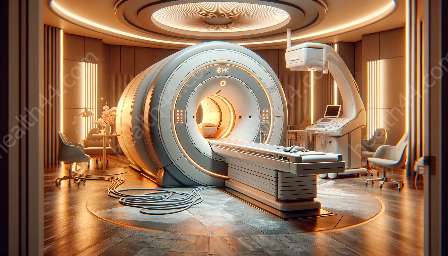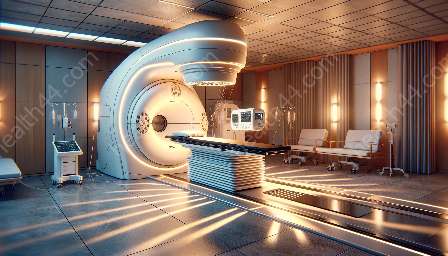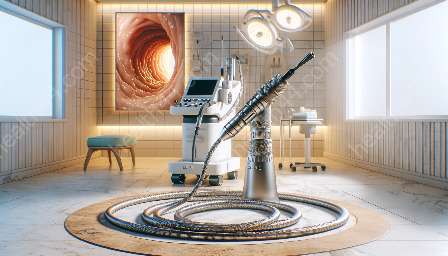As a crucial component of medical devices and equipment in the field of health, radiation therapy machines play a pivotal role in delivering precise and effective treatment to patients with various medical conditions. This comprehensive topic cluster will delve into the advanced technology, innovative features, and significant impact of radiation therapy machines in improving health outcomes.
The Importance of Radiation Therapy Machines in Healthcare
Radiation therapy machines are vital tools used in the treatment of cancer and other medical conditions that require targeted radiation to eliminate or control abnormal cells. These advanced medical devices and equipment are instrumental in delivering radiation therapy with high precision, ensuring minimal damage to surrounding healthy tissues.
Types of Radiation Therapy Machines
There are several types of radiation therapy machines, each designed to deliver radiation in specific ways to target tumors and abnormal cells. Linear accelerators, brachytherapy units, and gamma knife radiosurgery systems are some of the most widely used machines that utilize advanced technology to customize treatment based on the unique characteristics of each patient's condition.
Advanced Technology and Innovative Features
Modern radiation therapy machines are equipped with advanced technology and innovative features that enhance treatment precision and patient comfort. These machines utilize image-guided radiation therapy (IGRT), intensity-modulated radiation therapy (IMRT), and other cutting-edge techniques to optimize treatment delivery while minimizing the impact on surrounding healthy tissues.
Image-Guided Radiation Therapy (IGRT)
IGRT involves the use of imaging technology, such as CT scans or X-rays, to precisely locate the tumor before each treatment session. This real-time imaging capability allows for accurate adjustments to the treatment delivery, ensuring that the radiation is targeted at the intended site with high precision.
Intensity-Modulated Radiation Therapy (IMRT)
IMRT is a sophisticated radiation therapy technique that delivers highly precise radiation doses to a tumor or specific areas within the tumor. This method allows for the modulation of the intensity of the radiation beams, enabling the shaping of the radiation dose to conform to the 3D shape of the tumor while sparing nearby healthy tissues.
Collaborative Integration with Other Medical Devices
Radiation therapy machines are often integrated with other medical devices and equipment to optimize treatment planning and delivery. For example, the seamless integration of treatment planning systems, imaging devices, and patient positioning systems allows for efficient and accurate coordination of treatment efforts, ultimately contributing to improved patient outcomes.
Enhancing Health Outcomes
The advancements in radiation therapy machines have led to significant improvements in health outcomes for patients undergoing radiation treatment. By leveraging innovative technology and precision delivery, these machines have contributed to higher treatment success rates, reduced side effects, and improved quality of life for patients undergoing radiation therapy.
Future Advancements and Impact on Health
Looking ahead, ongoing advancements in radiation therapy machines are poised to further enhance their impact on health. Emerging technologies, such as proton therapy and stereotactic body radiation therapy (SBRT), promise to provide even more precise and targeted treatment options, offering new avenues for improving outcomes for patients with diverse medical conditions.
Conclusion
Radiation therapy machines represent a key element of medical devices and equipment in the field of health, playing a critical role in the treatment of various medical conditions. Their advanced technology, innovative features, and collaborative integration with other medical devices all contribute to the delivery of precise and effective treatment, ultimately benefiting the health and well-being of patients. As these machines continue to evolve and innovate, their impact on improving health outcomes is set to grow exponentially.

